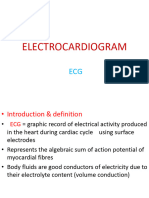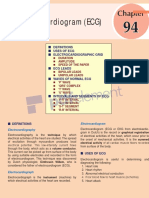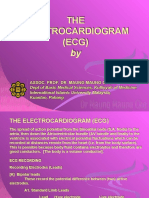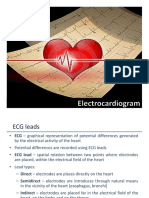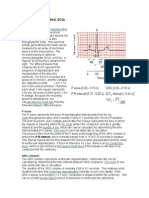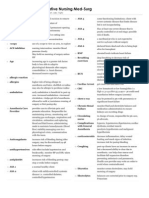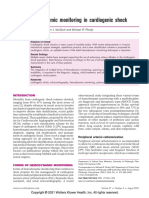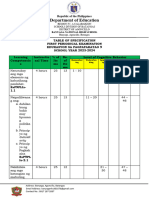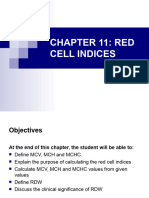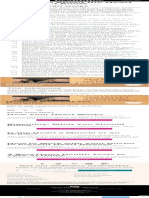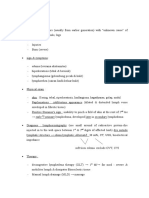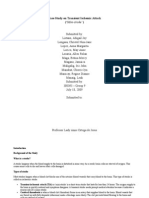0% found this document useful (0 votes)
28 views64 pagesECG For MBBS PDF
The document provides an overview of electrocardiography (ECG), detailing the heart's electrical activity, the components of an ECG, and the significance of various waves, segments, and intervals. It discusses the recording process, the types of leads used in ECG, and the clinical applications of ECG in diagnosing heart conditions such as myocardial infarction and arrhythmias. Additionally, it explains Einthoven's law and the importance of electrode placement for accurate readings.
Uploaded by
nikethhebron26Copyright
© © All Rights Reserved
We take content rights seriously. If you suspect this is your content, claim it here.
Available Formats
Download as PDF, TXT or read online on Scribd
0% found this document useful (0 votes)
28 views64 pagesECG For MBBS PDF
The document provides an overview of electrocardiography (ECG), detailing the heart's electrical activity, the components of an ECG, and the significance of various waves, segments, and intervals. It discusses the recording process, the types of leads used in ECG, and the clinical applications of ECG in diagnosing heart conditions such as myocardial infarction and arrhythmias. Additionally, it explains Einthoven's law and the importance of electrode placement for accurate readings.
Uploaded by
nikethhebron26Copyright
© © All Rights Reserved
We take content rights seriously. If you suspect this is your content, claim it here.
Available Formats
Download as PDF, TXT or read online on Scribd
/ 64
